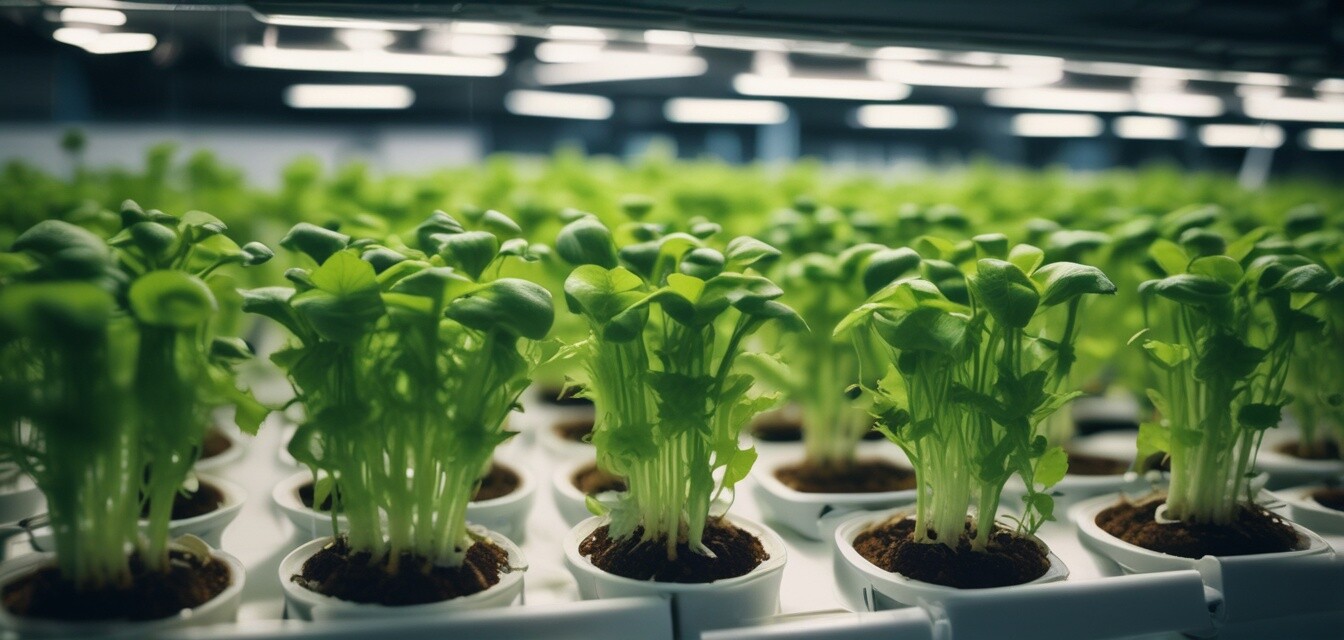
Understanding Plant Growth Stages in Hydroponics
Key Takeaways
- Hydroponic plants go through distinct stages: germination, seedling, vegetative, flowering, and harvesting.
- Each stage requires specific care to optimize growth and yield.
- Understanding nutrient requirements is crucial for each growth stage.
- Environmental conditions such as light and temperature play a significant role in plant development.
Hydroponics is an innovative way of growing plants without soil, and understanding the stages of plant growth is crucial for maximizing yields. This guide details each growth stage and offers tips for optimal care. Whether you’re a newbie or an experienced hydroponic gardener, being aware of these stages will help you nurture healthy plants successfully.
The Growth Stages of Hydroponic Plants
Plants in a hydroponic system typically go through five primary growth stages:
| Growth Stage | Description | Duration |
|---|---|---|
| Germination | Seed develops and sprouts. | 2-14 days |
| Seedling | Initial growth of true leaves and root system. | 2-3 weeks |
| Vegetative | Rapid growth stage where leaves and stems develop. | 3-6 weeks |
| Flowering | Plant produces flowers and fruits. | 1-8 weeks |
| Harvesting | Plants are ready for collection and consumption. | Varies |
1. Germination Stage
The germination stage is the initial phase where a seed sprouts into a seedling. It typically lasts between 2 and 14 days. Factors affecting germination include:
- Temperature: Warm temperatures promote quicker germination.
- Moisture: Consistent moisture is essential for seed activation.
- Nutrients: Minimal nutrients are needed at this stage.
2. Seedling Stage
After germination, seedlings begin to develop their first true leaves. During this phase, ensure proper light and nutrient supply:
- Provide 16-18 hours of light daily.
- Use a diluted nutrient solution to support healthy growth.
3. Vegetative Stage
This stage is crucial for robust growth, lasting anywhere from 3 to 6 weeks. Key factors include:
- Light Intensity: Increase light intensity to encourage leaf growth.
- Watering: Regularly monitor water levels in your hydroponic system.
- Nutrient Needs: Transition to a nutrient solution rich in nitrogen.
4. Flowering Stage
In the flowering stage, plants produce flowers and fruit. This stage can last from 1 to 8 weeks. To support your plants, consider:
- Nutrients: Switch to a nutrient solution high in phosphorus and potassium.
- Light Cycle: Adjust light cycles to encourage flowering.
5. Harvesting Stage
Finally, your plants are ready for harvesting. This phase varies depending on the plant type. Watch for:
- Signs of maturity, like color changes or fruit size.
- Optimal timing for maximum flavor and nutrient content.
Tips for Supporting Each Growth Stage
- Monitor pH levels regularly; ideal is between 5.5 and 6.5 for most hydroponic plants.
- Utilize grow lights to provide consistent light during all growth stages.
- Maintain a stable temperature; generally, 68-77°F (20-25°C) is preferable.
- Consider supplementary CO2 for increased growth rates.
Pros
- Hydroponics reduces pest infestations.
- Optimized nutrient absorption leads to faster growth.
- Allows year-round food production regardless of climate.
Cons
- Initial setup costs can be high.
- Requires continuous monitoring to prevent system failures.
- Some crops may struggle to fully develop.
Conclusion
Understanding the growth stages of plants in hydroponics is essential for anyone looking to cultivate thriving crops. By adhering to the specific needs of each stage—germination, seedling, vegetative, flowering, and harvesting—you will be well on your way to enjoying a successful hydroponic gardening experience. For more tips on hydroponics, check out our buying guides, explore complete systems, or dive into the world of nutrient management solutions.